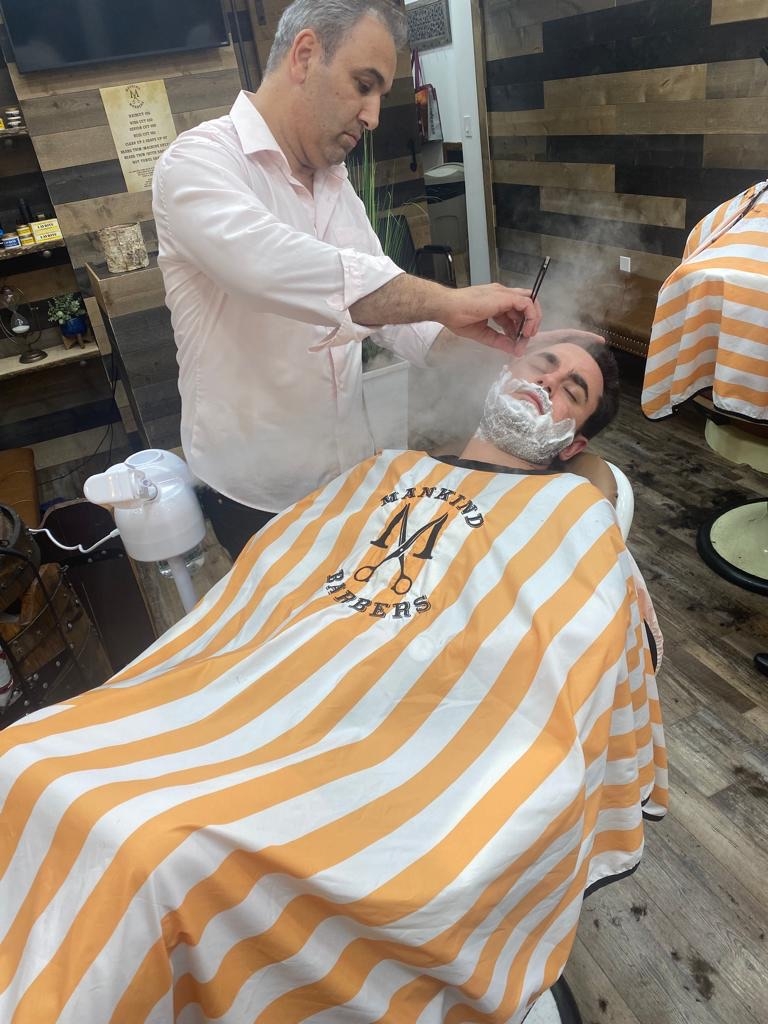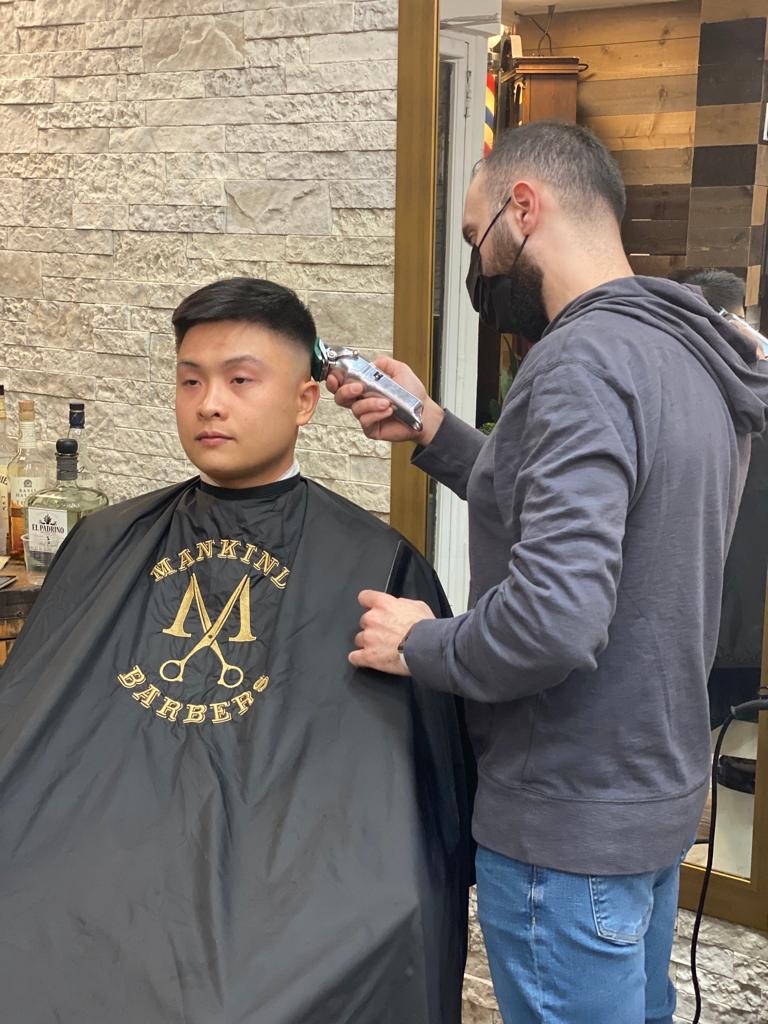Beard Thickness Enhancers
How do beard thickness enhancers containing biotin work to promote hair growth?
Beard thickness enhancers containing biotin work by promoting hair growth through its role in supporting the production of keratin, a protein essential for hair health. Biotin helps to strengthen the hair follicles, leading to thicker and fuller beard growth. By improving the overall health of the hair follicles, biotin encourages the growth of new hair and reduces hair loss, resulting in a denser beard over time.



